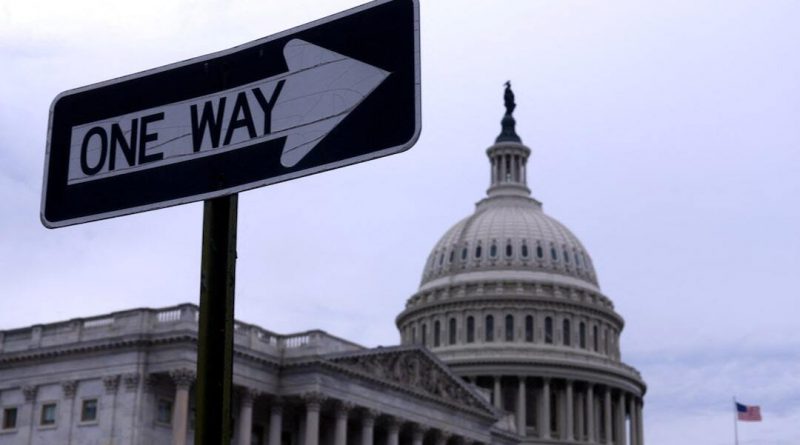U.S. Economy Remains Resilient Despite Temporary Government Shutdown
Washington – The recent U.S. government shutdown has created temporary disruptions in federal services and economic reporting, but historical trends suggest it will have minimal lasting impact on the broader economy. Economists emphasize that while short-term uncertainty can affect decision-making and data availability, the fundamental strength of U.S. consumer spending, business investment, and employment remains intact.
Over the past fifty years, the United States has experienced twenty government shutdowns, each lasting an average of eight days, with a median of four days. These shutdowns, though occasionally inconvenient, have rarely resulted in sustained economic contraction. During such periods, federal employees may be furloughed or work without pay, yet private-sector operations continue largely unaffected, ensuring stability in key economic areas.
“The U.S. economy has consistently demonstrated resilience during temporary government closures,” said Scott Helfstein, Head of Investment Strategy at Global X. “While shutdowns are inconvenient, any short-term economic slowdown is generally recovered in the following quarter, reflecting the strength and adaptability of American households and businesses.”
Maintaining Economic Insight Despite Data Gaps
The current shutdown coincides with a critical period for economic policy, as Federal Reserve officials prepare to make decisions on interest rates based on employment trends and inflation forecasts. Normally, detailed reports from the Bureau of Labor Statistics (BLS), Bureau of Economic Analysis, and the Census Bureau inform these decisions. During the shutdown, however, these official sources are unavailable.
Economists and policymakers are turning to alternative data sources, such as the ADP private payroll report, which indicated a slight decrease of 32,000 jobs in September. While private data may not capture the full granularity of government statistics, analysts note that it provides a reliable snapshot to guide monetary policy and economic planning. Chicago Fed President Austan Goolsbee highlighted that, despite temporary limitations in official data, sufficient information exists to monitor the health of the labor market and make informed policy decisions.
Historical Patterns Highlight Stability
Previous shutdowns illustrate the economy’s ability to absorb short-term disruptions. For example, during the 35-day shutdown from late 2018 to early 2019, consumer spending and private-sector employment remained largely stable. Any temporary decline in economic activity was quickly offset in subsequent months, demonstrating the inherent strength of U.S. economic fundamentals. Similarly, in shutdowns under Presidents Reagan, George H.W. Bush, and Carter, brief interruptions in government services had minimal long-term effect, with growth rebounding quickly once federal operations resumed.
Consumer spending, in particular, has historically remained resilient. Average growth during shutdown periods is approximately 0.5%, reflecting the stability of household consumption even when federal services are paused. Employment data also shows limited impact on the broader job market, with furloughed federal workers typically receiving back pay once the shutdown concludes.
Private Sector and Policy Adaptation
Businesses continue operations, supply chains remain intact, and consumer confidence generally holds, demonstrating the adaptive capacity of the private sector. Economic analysts are confident that temporary disruptions will not derail broader growth trends. In fact, the current pause provides an opportunity for policymakers and economists to consider broader data sources and innovative approaches to monitoring the economy in real time.
The Federal Reserve continues to closely monitor economic signals, balancing short-term uncertainty with long-term policy objectives. The resilience demonstrated during past shutdowns, combined with proactive planning, ensures that interest rate decisions and fiscal policies remain well-informed and effective.
A Positive Outlook
In summary, while shutdowns are disruptive and inconvenient, they do not undermine the structural health of the U.S. economy. Historical experience, combined with ongoing private-sector data collection and economic foresight, suggests that any temporary effects will be short-lived. Consumers, businesses, and policymakers continue to demonstrate adaptability and resilience, ensuring that the nation remains on a stable trajectory of growth.
Ultimately, the temporary government shutdown underscores the robustness of the U.S. economy, highlighting the strength of private enterprise, the reliability of consumer spending, and the capacity of policymakers to navigate challenges without long-term disruption. Americans and global investors alike can take confidence in the nation’s economic stability and its proven ability to recover swiftly from short-term setbacks.


